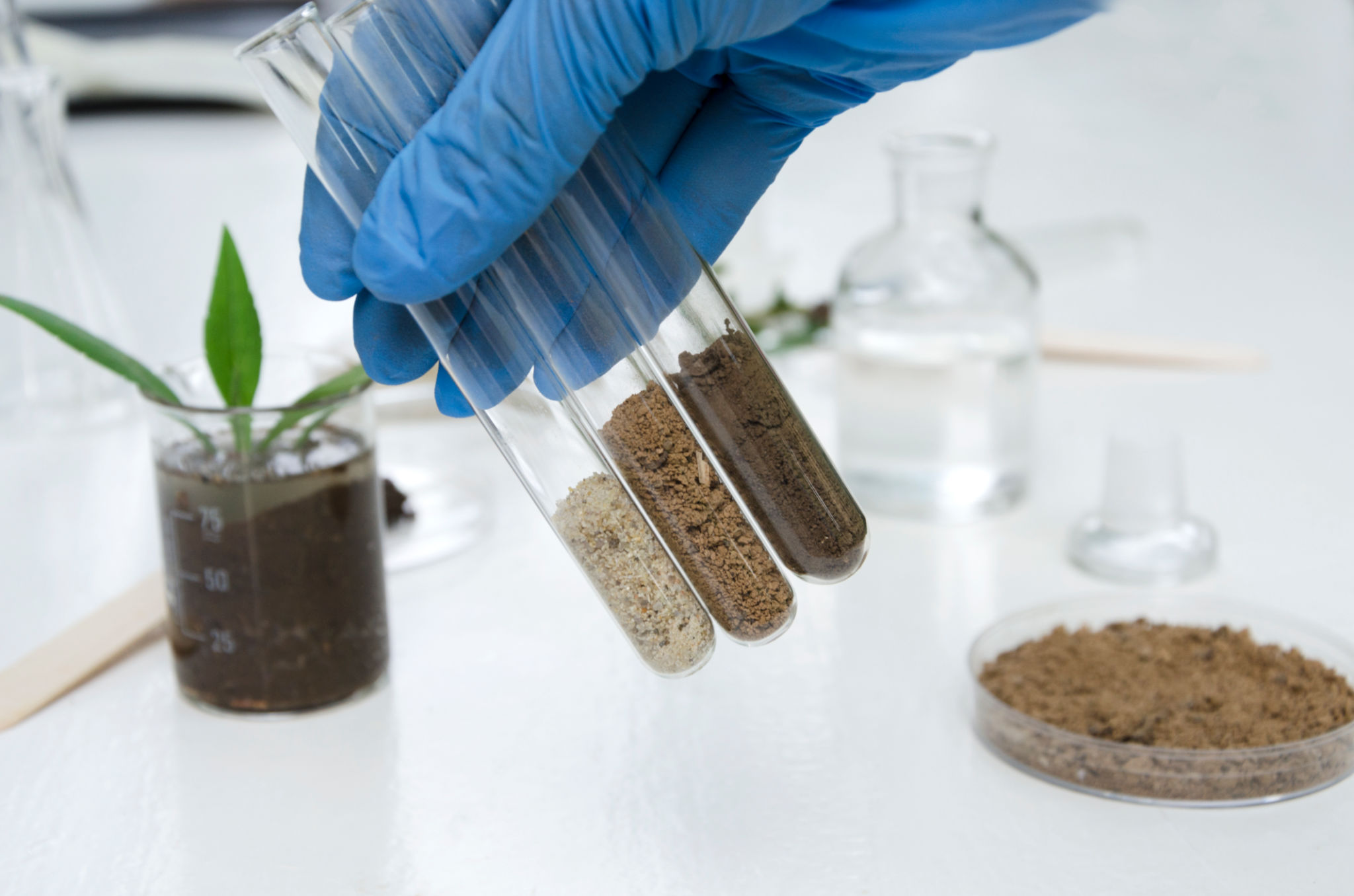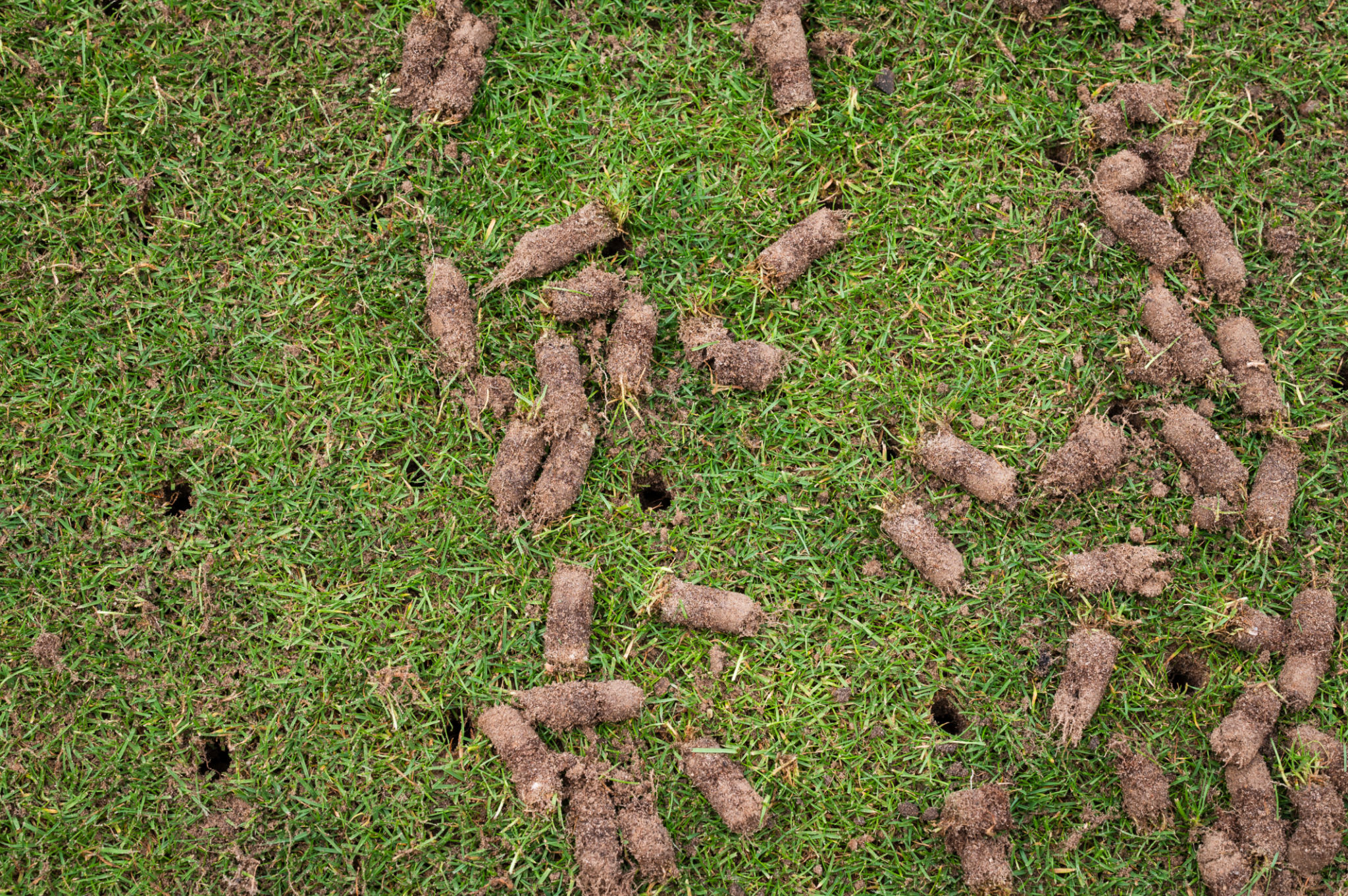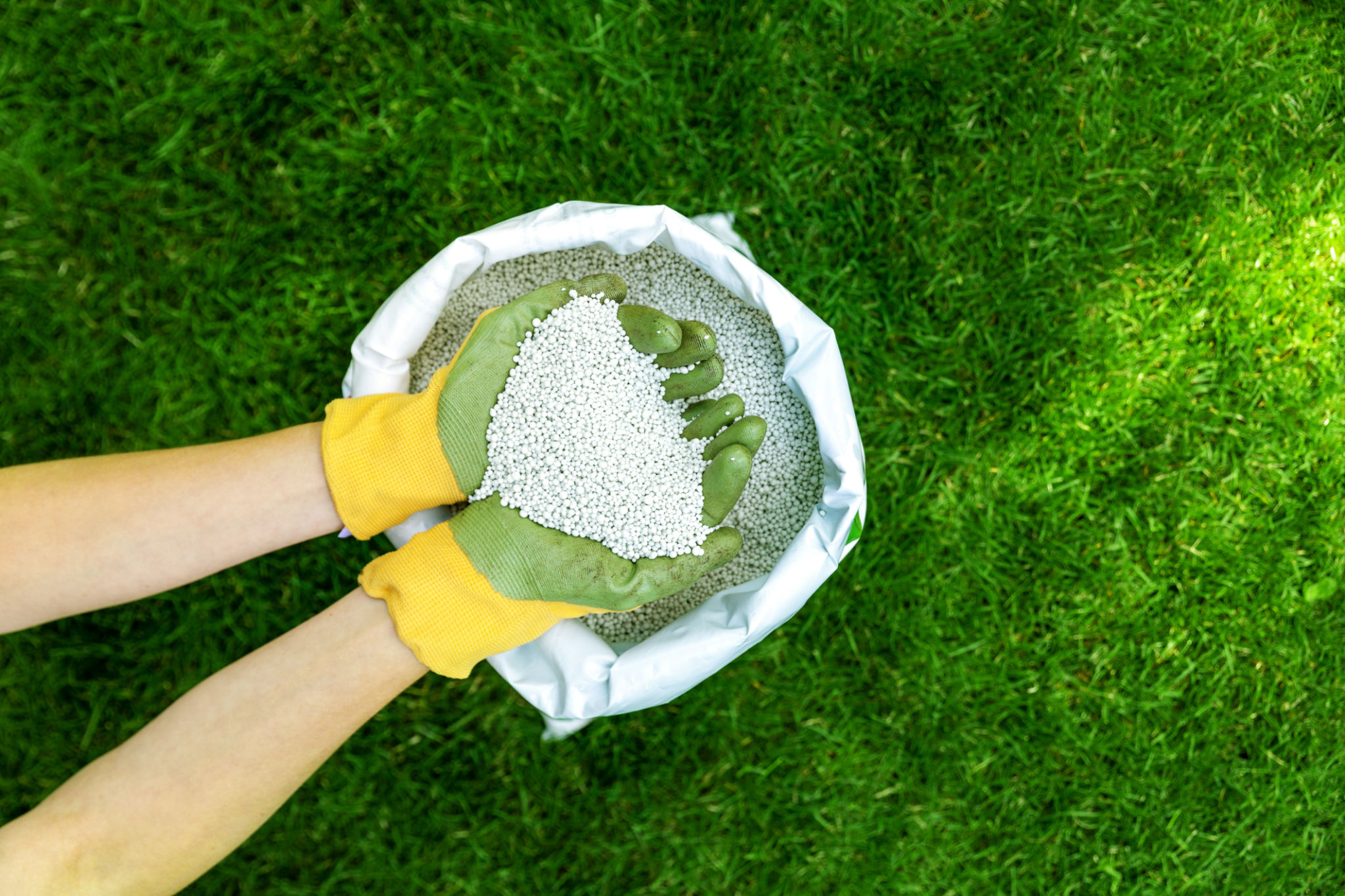Seasonal Lawn Care: Preparing Your Lawn for Spring in Castle Hayne
Assessing Your Lawn's Current Condition
As spring approaches in Castle Hayne, it's essential to assess the current state of your lawn. This evaluation helps you determine what specific care your grass needs after the colder months. Begin by walking through your yard, looking for signs of damage such as bare patches, thatch buildup, or any fungal diseases that may have developed during winter.
It's also a good time to test your soil's pH and nutrient levels. Ensuring that your soil is nutrient-rich and has the right pH balance is crucial for promoting healthy grass growth in the coming months. You can purchase a soil test kit from your local garden center or hire a professional for more comprehensive analysis.

Cleaning Up Your Lawn
Before you can start nurturing your lawn back to health, a thorough cleanup is necessary. Remove any debris such as fallen leaves, branches, and dead grass to allow sunlight and air to reach the soil. This cleanup helps prevent any suffocation that could hinder new growth.
Rake your lawn to remove thatch—a layer of dead grass and roots that can build up and block essential nutrients from reaching the soil. A dethatching rake can be effective for this task, ensuring your lawn is ready for aeration and seeding.
Aerating Your Lawn
Aeration is a vital step in spring lawn care, especially if your soil is compacted. Aerating involves perforating the soil with small holes to allow air, water, and nutrients to penetrate the grass roots. This process promotes deeper root growth and improves overall lawn health.
You can rent or purchase a manual or mechanical aerator from a local garden center. If you have a larger area or prefer not to do it yourself, consider hiring a professional service to ensure it's done efficiently.

Overseeding for a Lush Lawn
Once your lawn is aerated, it's time to overseed. Overseeding involves planting new grass seeds over existing turf to fill in bare areas and enhance the overall density of your lawn. Choose high-quality seed blends suitable for Castle Hayne's climate and your specific lawn conditions.
After spreading the seeds evenly across your lawn, lightly rake them into the soil to ensure good seed-to-soil contact. Water the area thoroughly and consistently to promote germination. With proper care, you'll notice new growth within a few weeks.
Fertilizing for Optimal Growth
Fertilizing your lawn in spring provides the nutrients necessary for vigorous growth. Use a balanced, slow-release fertilizer that fits the nutrient needs identified in your soil test. Fertilizing in early spring gives your grass the boost it needs to develop strong roots and vibrant color.

Apply the fertilizer evenly across your lawn, following the recommended application rates on the product label. Be cautious not to over-fertilize, as this can lead to nutrient runoff and environmental harm.
Maintaining Proper Watering Practices
As temperatures rise, proper watering becomes crucial for maintaining a healthy lawn. Water deeply but infrequently to encourage deeper root growth. Early morning watering is ideal as it allows time for moisture absorption before the day's heat causes evaporation.
Ensure that your irrigation system is in good working order and adjust it according to seasonal rainfall patterns. Consistent watering will help keep your lawn lush and green throughout the spring months.
Controlling Weeds and Pests
Spring is also the time to address any weed or pest issues that may have developed over winter. Applying a pre-emergent herbicide can help prevent weed seeds from germinating, while post-emergent options are effective against existing weeds.

If you notice signs of pests—such as grubs or insects—consider using an appropriate pesticide or natural control method to protect your lawn. Regular monitoring will help you address problems before they escalate, ensuring a thriving lawn all season long.
Regular Mowing for Healthy Growth
Mowing is an essential part of maintaining a healthy lawn throughout spring. As your grass begins to grow, make sure to mow regularly but avoid cutting more than one-third of the grass height at any time. This practice prevents stress on the grass and encourages robust growth.
Keep your mower blades sharp to ensure clean cuts and reduce damage to the grass. Adjust the cutting height based on your grass type and seasonal growth patterns for optimal results.